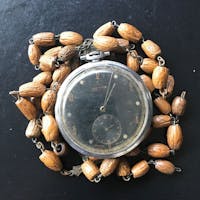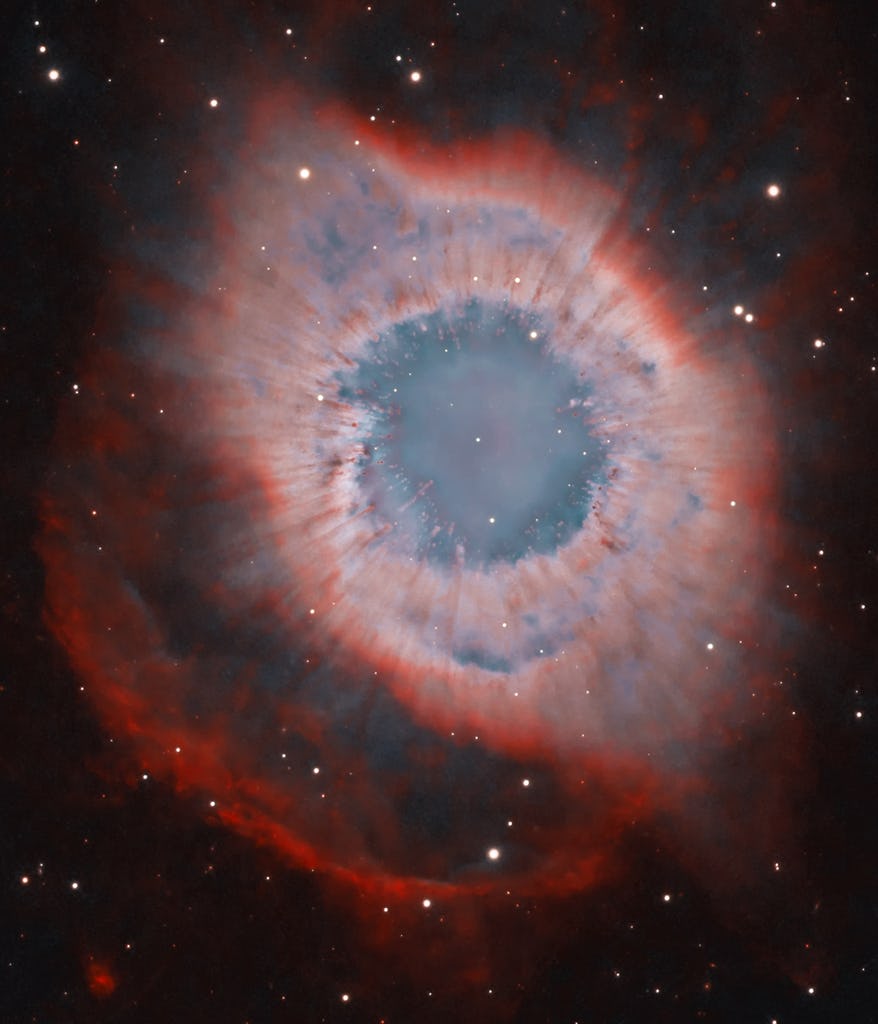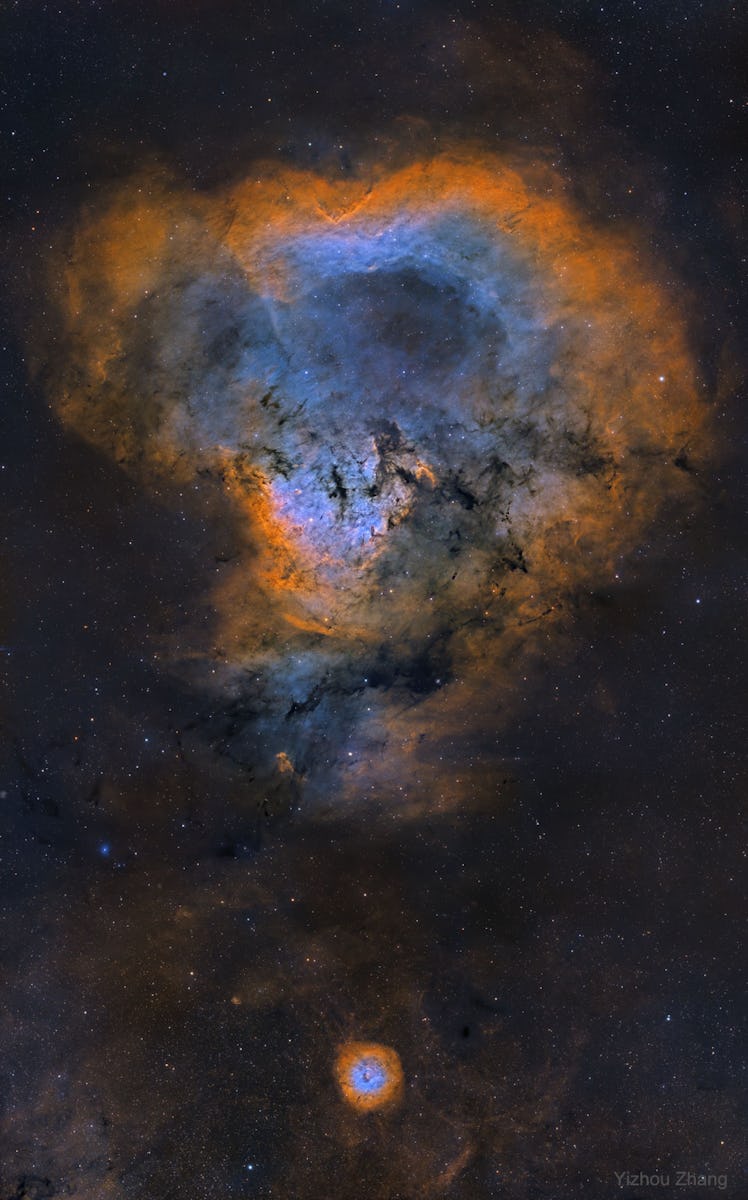Where are you Susan Sanborn?
What has happened to you?
We worked at Sears Roebuck,
Mail order back in 1972.
Public Posts Seattle, WA Seattle, WA (zoom)
I see the red of a Rose,
in the lipstick you wore,
bringing color to your face,
surrounded with dark hair.
I recall when I saw you,
it was love at first sight,
or perhaps infatuation,
when I was around you.
What was the attraction?
Twas like the Moth to the flame
and while this was all happening,
I knew not your name.
A Comment by Loy

Sweet poem ❤️
A Comment by MFish

Thank you, Loy
Broken.
A pile of glass
when I threw a football
inside the room,
hitting the fixture,
a very loud boom!
"Would you explain this to me,
please tell me more.
Why is there broken glass
all over your bedroom floor?"
NASA Astronomy Picture of the Day:
A mere seven hundred light years from Earth, toward the constellation Aquarius, a sun-like star is dying. Its last few thousand years have produced the Helix Nebula (NGC 7293), a well studied and nearby example of a Planetary Nebula, typical of this final phase of stellar evolution. A total of 90 hours of exposure time have gone in to creating this expansive view of the nebula. Combining narrow band image data from emission lines of hydrogen atoms in red and oxygen atoms in blue-green hues, it shows remarkable details of the Helix's brighter inner region about 3 light-years across. The white dot at the Helix's center is this Planetary Nebula's hot, central star. A simple looking nebula at first glance, the Helix is now understood to have a surprisingly complex geometry.
Photo by Ignacio Diaz Bobillo

Sometimes the simplest dishes are the most delicious! And who doesn’t love buttery, cheesy pasta? Click to read the recipe
During the day gone by,
Knowing what you have endured.
We worked hard, with pride,
a prayer to the Lord, our God,
yet all the time and effort
we have made, missed the mark.
There is no cure; it must be,
All the light I cannot see.
I desire to do water colors,
I want to paint.
I bought materials,
brushes, pencils and pens,
with watercolor kits, as I
like to paint, Plein Air,
on in the field.
I have brief pencil sketches,
to keep the site in mine,
but find I no longer have the time.
I know it's a thin excuse,
but it is what it is.
Some day it will happen,
of this I am sure.
A Comment by Carl

Great idea!
NASA Astronomy Picture of the Day:
It may look like a huge cosmic question mark, but the big question really is how does the bright gas and dark dust tell this nebula's history of star formation. At the edge of a giant molecular cloud toward the northern constellation Cepheus, the glowing star forming region NGC 7822 lies about 3,000 light-years away. Within the nebula, bright edges and dark shapes stand out in this colorful and detailed skyscape. The 9-panel mosaic, taken over 28 nights with a small telescope in Texas, includes data from narrowband filters, mapping emission from atomic oxygen, hydrogen, and sulfur into blue, green, and red hues. The emission line and color combination has become well-known as the Hubble palette. The atomic emission is powered by energetic radiation from the central hot stars. Their powerful winds and radiation sculpt and erode the denser pillar shapes and clear out a characteristic cavity light-years across the center of the natal cloud. Stars could still be forming inside the pillars by gravitational collapse but as the pillars are eroded away, any forming stars will ultimately be cut off from their reservoir of star stuff. This field of view spans over 40 light-years across at the estimated distance of NGC 7822.
Photo by Yizhou Zhang
Time to go.
Time to say,
goodnight.
My eyes are
drooping now,
as lids start
to shutter,
back to bed soon
as I began to mutter.
Am I insane,
when I want
to believe,
lives will change,
when someone leaves?
A Comment by Loy

Hopeful
Where is the new life
I promised to thee?
In this World, of today,
which has abandoned
life in a terrible way.
My heart is in anguish,
when I think of you.
The pain which I feel
emits from your soul.
Dementia the destroyer
of families today.
A hateful disease,
is all I will say.








.jpg?fit=crop&w=280&h=280&q=93)









 - Copy.jpg?fit=crop&w=280&h=280&q=93)














